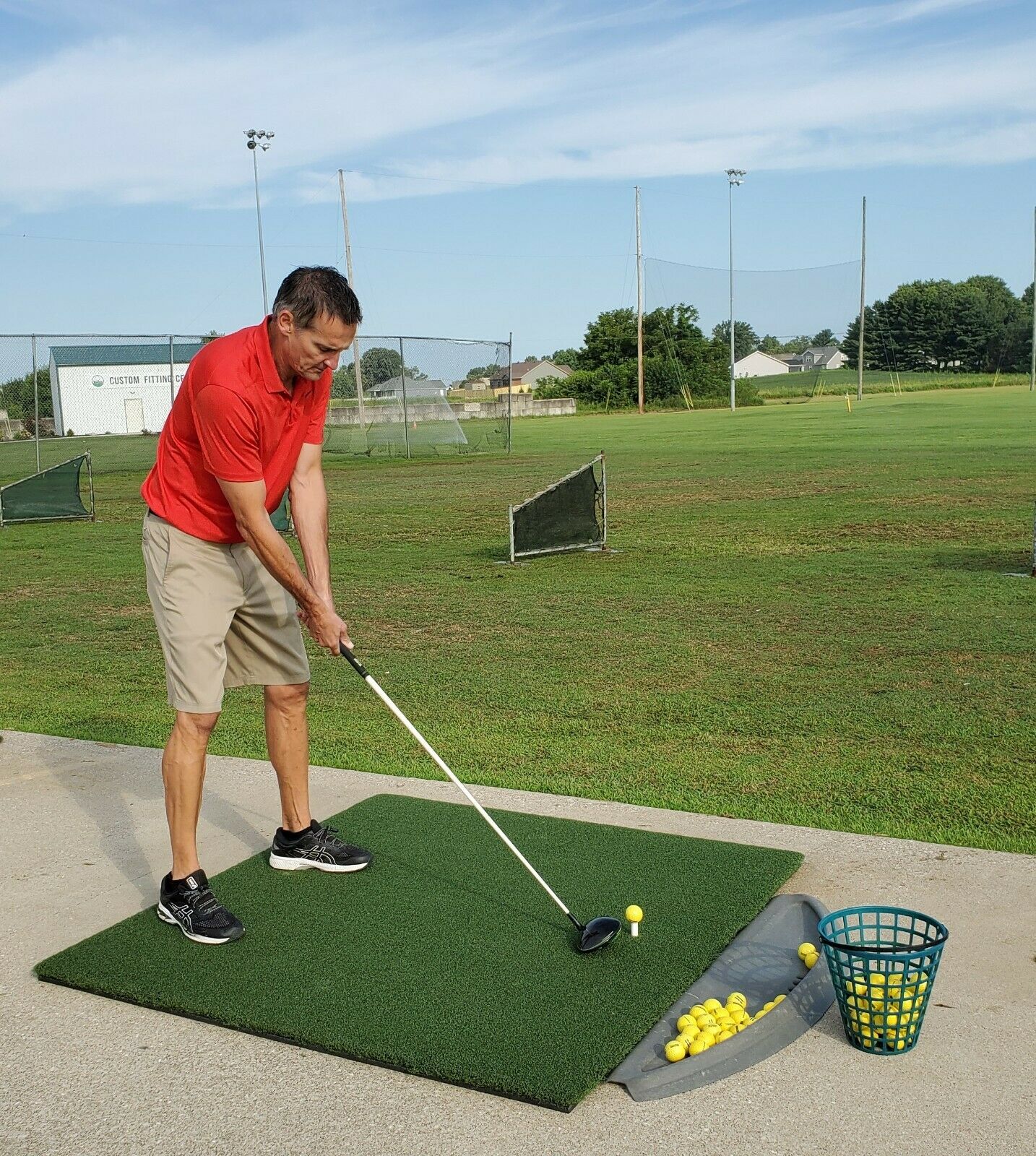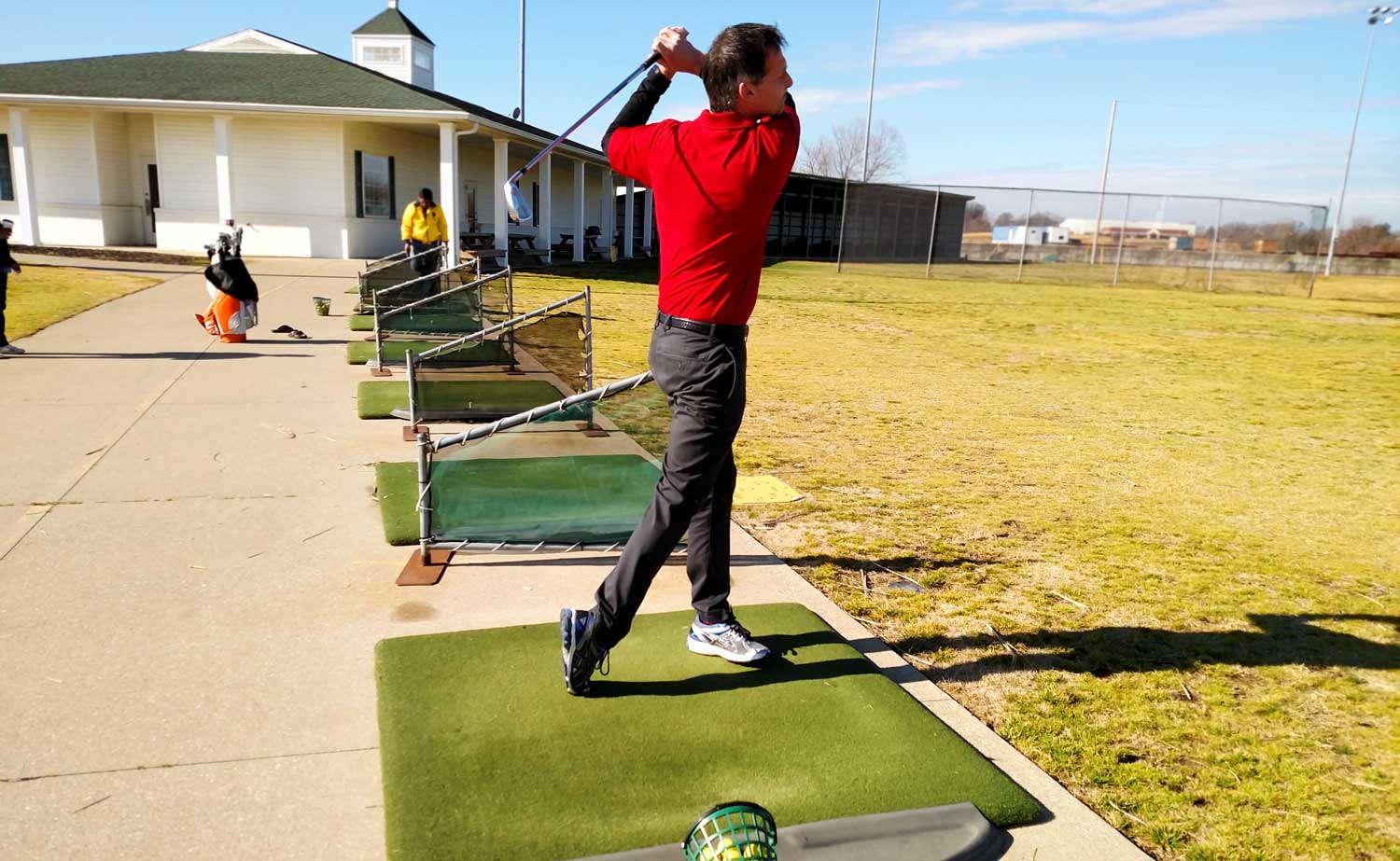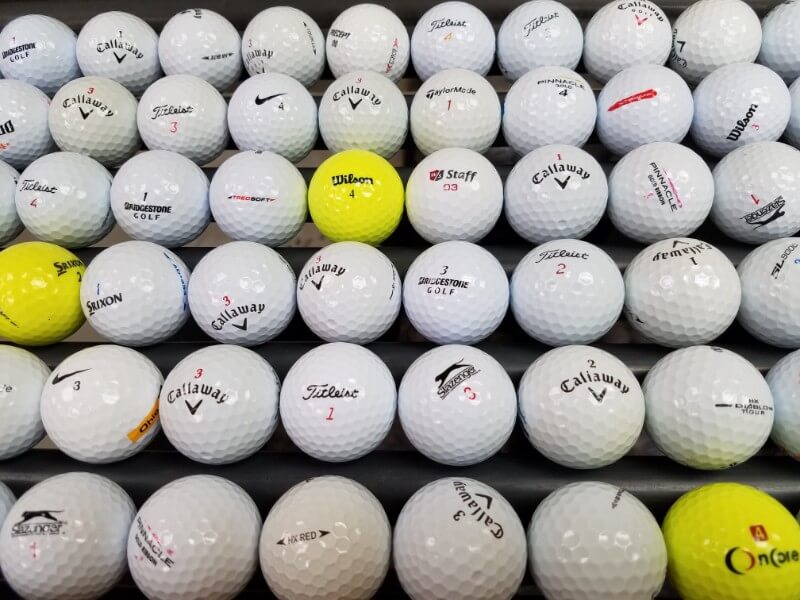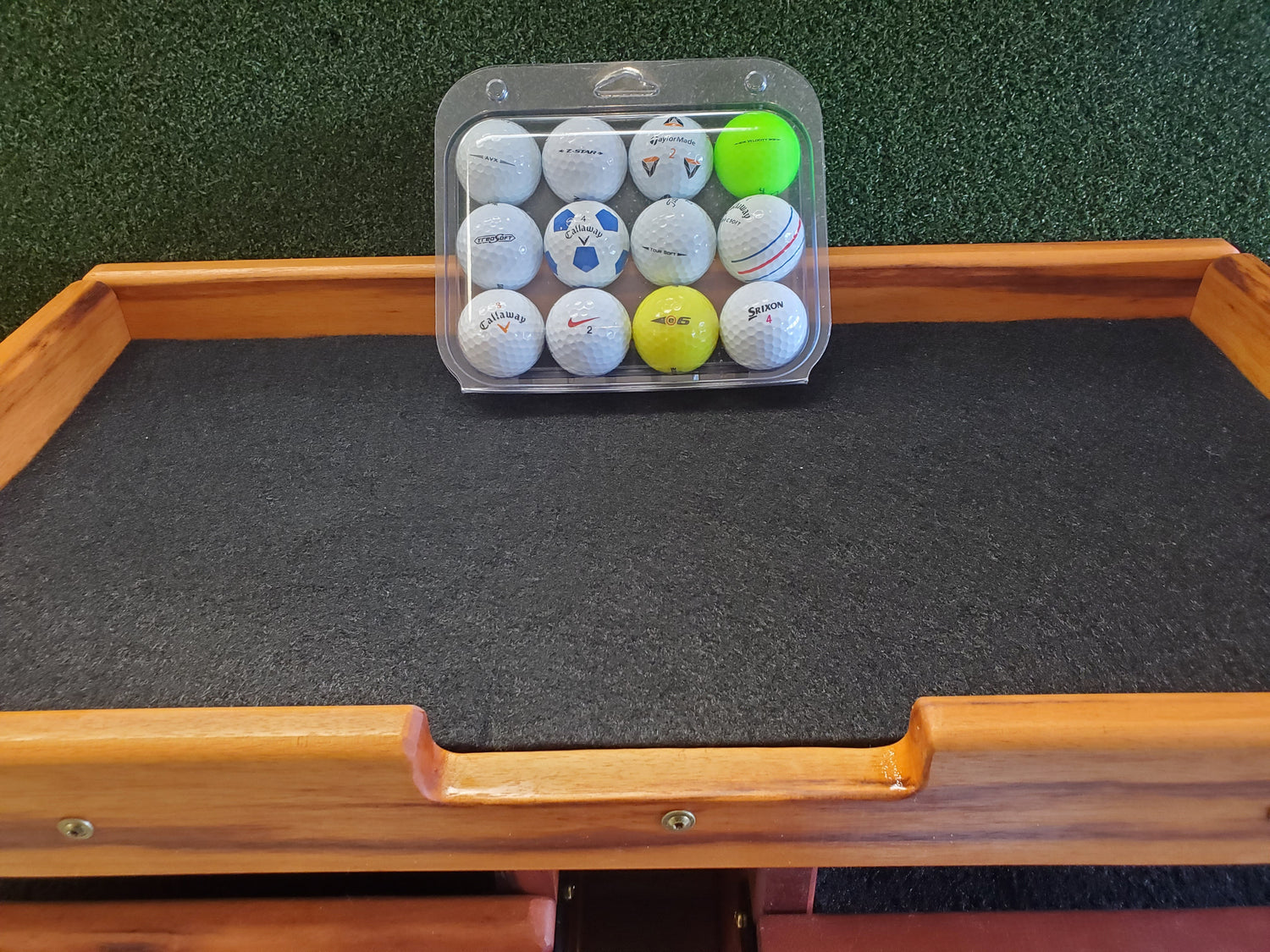Hold a Golf Club This Way for a Better Ball Strike
Share
Hold a Golf Club This Way for a Better Ball Strike
Overview of a Golf Grip
A golf grip is the golf club's point where your hands and fingers comfortably rest closely together. The only way to determine your optimal golf grip is to keep using the golf ball's flight and shape. The essential step to becoming a great golfer is identifying your perfect grip. There are three types of golf grips: the interlocking, overlapping, and 10-finger grips. Most trainers avoid using the 10-finger grip, but most newcomers find this position comfortable.
Changing your golf grip is challenging as it requires you to adopt the new grip; however, it would be best if you established all your options with the golf grip. You may find some players with a stronger, slightly weaker, or weaker grip.
What Are Golf Grips Made Of?
Most golf grips are made of rubber or synthetic rubber material. Grips made from such materials are incredibly durable. They come in various colors, texture, and styles. Some grips made of synthetic material such as Lamkin's patented ACE 3GEN offers additional benefits of superior vibration dampening and long-lasting tackiness.
If you are looking for a firm grip, those made of synthetic rubber-like Lamkin's maximum are the best option for you. A golfer needs to choose a grip that is comfortable in their hands. If you prefer to play without gloves, go for a clasp with fewer patterns and a smooth feel surface.
How to Grip a Golf Club Properly
It is not possible to swing a golf club effectively and score some shots without proper golf grip. Consistency of your golf grip is essential in improving your ball striking. Below are eight tips on how to properly grip your golf club for better scores.
- Evaluate your current grip
The first step to understanding the best position to hold your grip is by honestly analyzing your current grip. It would be best if you appreciated that your current grip may not be perfect and may require improvement. Answer the following questions honestly: How do you pick and hold your gold club? How do you position your fingers, and are you comfortable? Are you confident that you are going to score great shots? After answering such questions, you will recognize that there is room for improvement, and you will be open-minded and ready to learn.
- Grip size
Golf grips come in different sizes. If you have already adapted to your current grip size but still find pulling or slicing, it may be time that you changed your grip. Visit your golf club shop, and they will be happy to advise on the suitable size for you based on the size and shape of your hands. If you got petite hands and short fingers, smaller grips might be the best alternative for you and vice versa.
- Hand positioning
Now that you have your perfect grip size, you can start practicing at perfecting your grip. Pick your golf club with your left hand (your weaker hand) first. Ensure that your left thumb points down the right-hand side of the shaft. Then, grip your club with your right hand (more substantial hand), ensuring your right thumb sits entirely on the left thumb facing downwards.
- Get a sharpie out
Are you not sure where you are how the club is sitting in your left hand? You can use a pen to mark your gloves to assist you with your grip. The marking will ensure that you grip on the same position every time you swing.
- Overlapping or interlocking golf grip
The two are the most common methods of gripping your club. However, the recently overlapping grip is becoming more prevalent. In this method, you place your pinky finger between the index and middle finger of your left-hand side.
- Pressure
How much pressure do you place in the club? Avoid grasping firmly for better shots.
- Keep things neutral
As a new player, you must learn and maintain one grip at first before learning other methods. The overlapping way is commonly known as neutral.
- Alternative grips
While the overlapping grip is the most common method recommended, for sure, not everyone can get comfortable with it. As such, you can learn other alternatives such as interlocking and 10-fingers grip. In this way, you will identify your best gripping position.
How Do Grips Change with Different Types of Golf Shots?
- Weak grip
In this case, both hands are positioned to the center's left or what would be an average or neutral grip. Place your left hand on the club first and place the right hand below your left hand forming a V-shape. This type of clasp promotes a lazy release of the hands resulting in a ball that will face or slice.
- Neutral grip
A neutral grip is one where both hands are placed at the center of the grip and does not lean towards any side. How do you put your fingers? Grip your golf club firmly with your left hand ensuring your clubface is square to the target. Then, place your right hand below the left one such that they are kind of facing each other. If you want a straight ball flight, this is how to grip your club.
- Strong grip
A firm grip is the one where both hands are leaning towards the right side of your grip. How do you place your fingers? Grip your club with the left-hand side remaining square with your target and ensuring you see three knuckles. Then, position your right hand below the left one such that they are oppositely facing each other. This type of grip promotes the active release of the hands at impact. The result will be the ball drawing or getting hooked.
All the Gear You Need to Practice
Now that you understand how grip plays such a large role, you need to get to practice. If you need balls or practice mats to work on your grip while at home, view our available products to find the best fit to perfect your game today.




